Hi. I have a trans case that has the brass 5th mount/outrigger and a date plate E 0 May 1940.
On the verticle rib that the trans adjuster is tapped into, there is a factory stamped number 41 with serrifs.
Below this is a S with serrifs.
Is this to denote a 1941 gearbox setup for Sidecar?
Also... next to the date plate is a large (5/16") stamp. This has been stamped into the case after pouring. Does anyone know the meaning of this 1.
Suggestion...I saw a right engine case going through on ebay recently and someone posted if the linebore started with a 1 it was 1200cc if it started with a 2 it was 1000cc. Wonder if this follows on the trans cases.
Regards Steve
On the verticle rib that the trans adjuster is tapped into, there is a factory stamped number 41 with serrifs.
Below this is a S with serrifs.
Is this to denote a 1941 gearbox setup for Sidecar?
Also... next to the date plate is a large (5/16") stamp. This has been stamped into the case after pouring. Does anyone know the meaning of this 1.
Suggestion...I saw a right engine case going through on ebay recently and someone posted if the linebore started with a 1 it was 1200cc if it started with a 2 it was 1000cc. Wonder if this follows on the trans cases.
Regards Steve
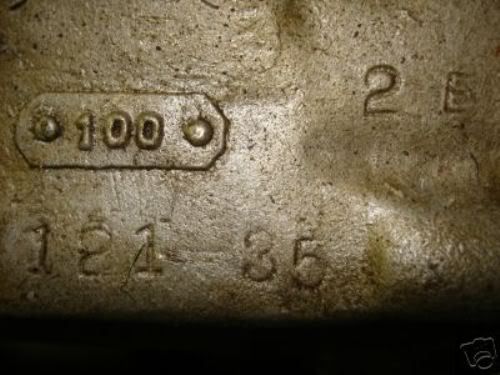
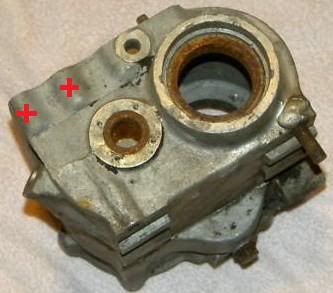
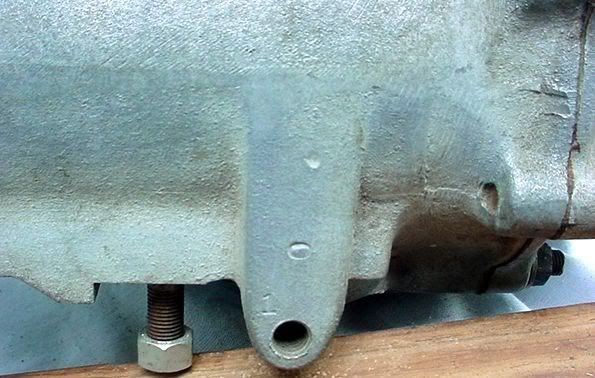

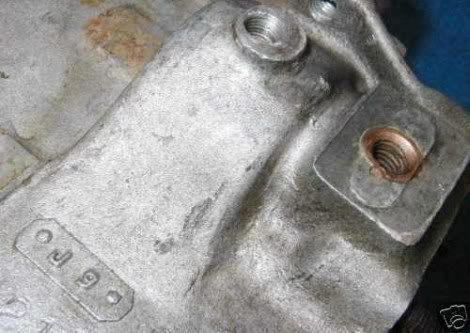
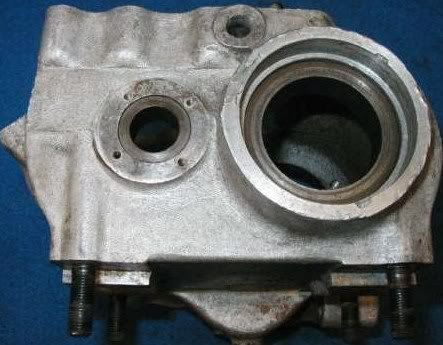
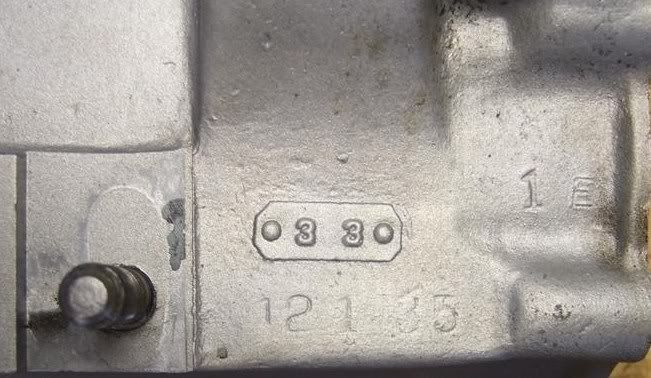
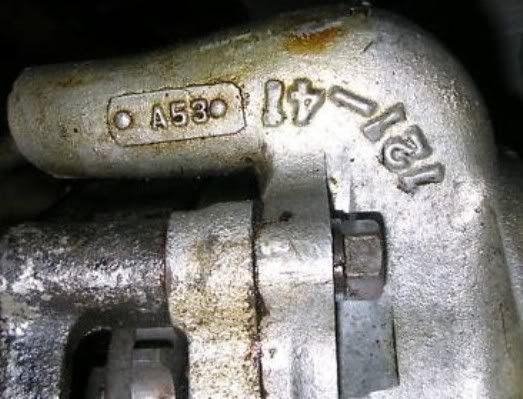
Comment